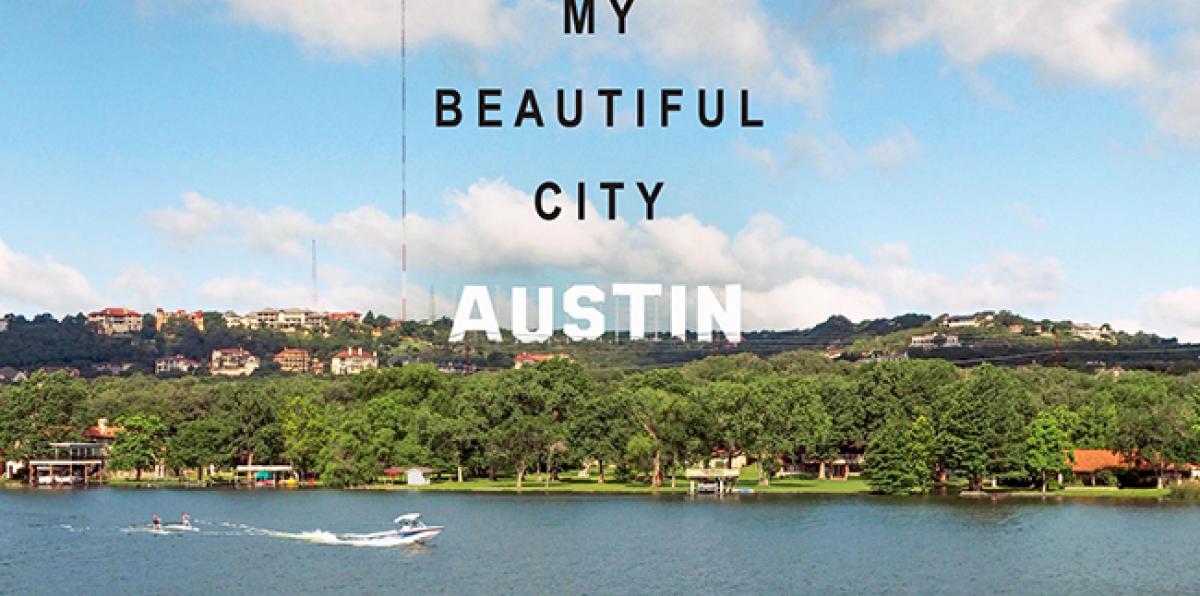THE DOGRUN
a place to share ideas


A REVIEW OF HEYMANN'S MY BEAUTIFUL CITY AUSTIN
Posted by Ted Flato on 5/26/15 at 4:35 pm
As an architect, I have an appreciation for the role that climate, culture, and landscape play in the making of cities, and, through this lens, I enjoy discovering what makes places special. David Heymann, an architect and professor at the University of Texas, in his short but well written My Beautiful City Austin, leverages this unique architectural perspective to deliver a nice portrait of the city.
In his contemporary fictional narrative, told through the eyes of a thoughtful young residential architect who is trying desperately to “do the right thing” in the rapidly sprawling and changing environs of current day Austin, Heymann captures the beauty, fragility, and quirkiness of the town I first came to know some 35 years ago and the evolving city of planning and traffic challenges of today. The book begins with David’s, author and narrator are both David, first memories of Austin, the town with a wide cool river and verdant tree covered hills, a place you could go skinny dipping. David quickly fast forwards 20 years, when he returns to Austin from the East Coast with noble architectural ambitions, to find the same hills covered with “Tuscan” tile roofs.
Depressed at first, but acknowledging that boom does mean work, he soldiers on. Through a series of unsuccessful (David is always “held back” from making “good” houses) but humorous encounters with a wide range of clients and landscapes, Heymann treats the reader to a vivid taste of the people and neighborhoods of Austin. The book, which has the loose structure of an architect’s journal, uses an oversexed hippie tree trimmer and some returning frat guys to complete the picture of the town that wants to “stay weird." And, stitching together the narrative, from a city planning perspective, are his descriptions of the defining elements of Austin, its strong connection to nature, the Colorado River and, in particular, it’s spring fed swimming holes. These urban oases, Barton Springs and Deep Eddy, are beautiful, shady and cool time warps that have miraculously not changed — even the people stay young (not a fountain of youth, more youthful turnover) — and allow the under appreciated architect to marvel at his good fortune to be living in such a lovely place. In My Beautiful City Austin, Heymann does a great job of capturing the Austin that I know, a place of change and resilience, where nature still manages to define the spirit of the city.
Read more about author David Heymann and his book, My Beautiful City Austin.
